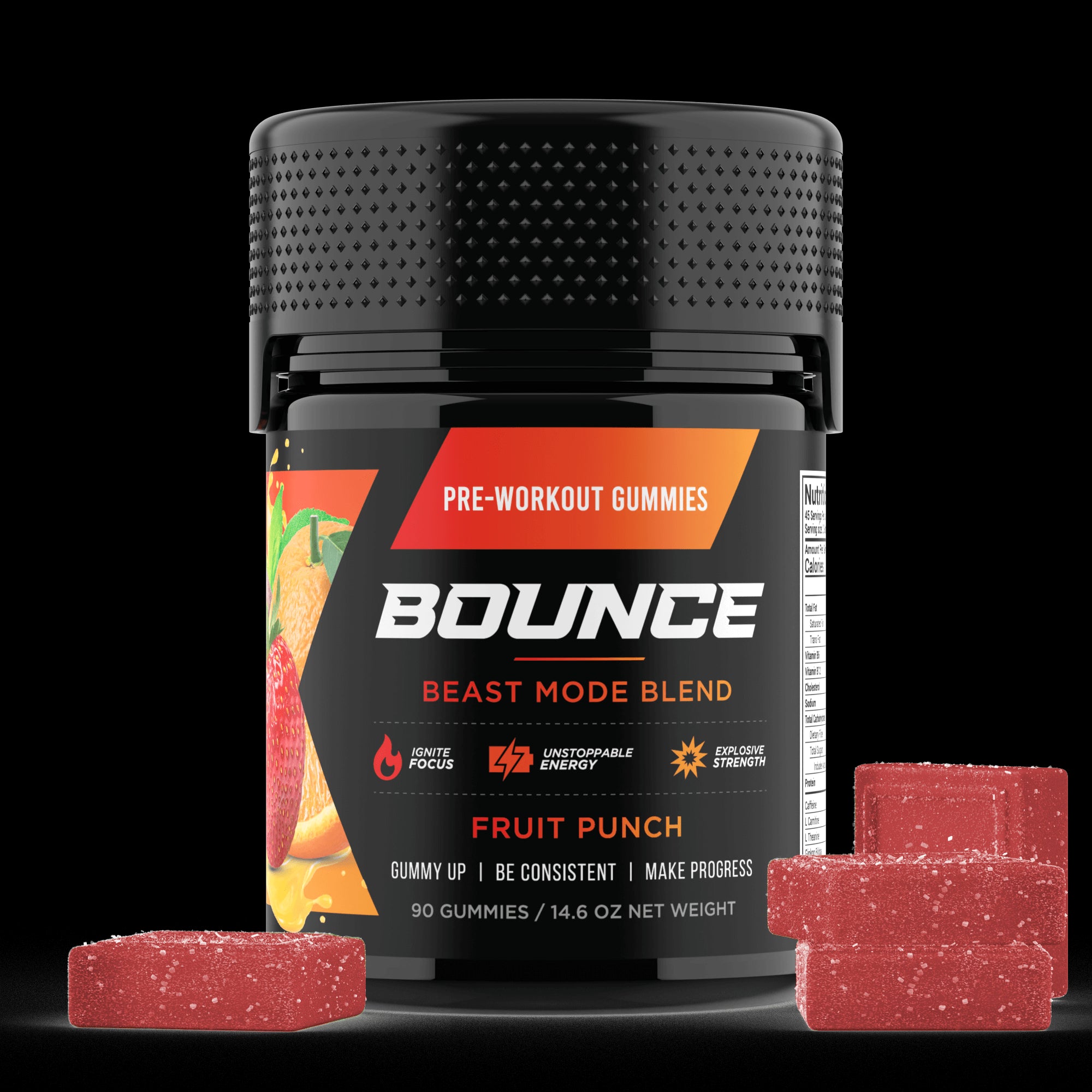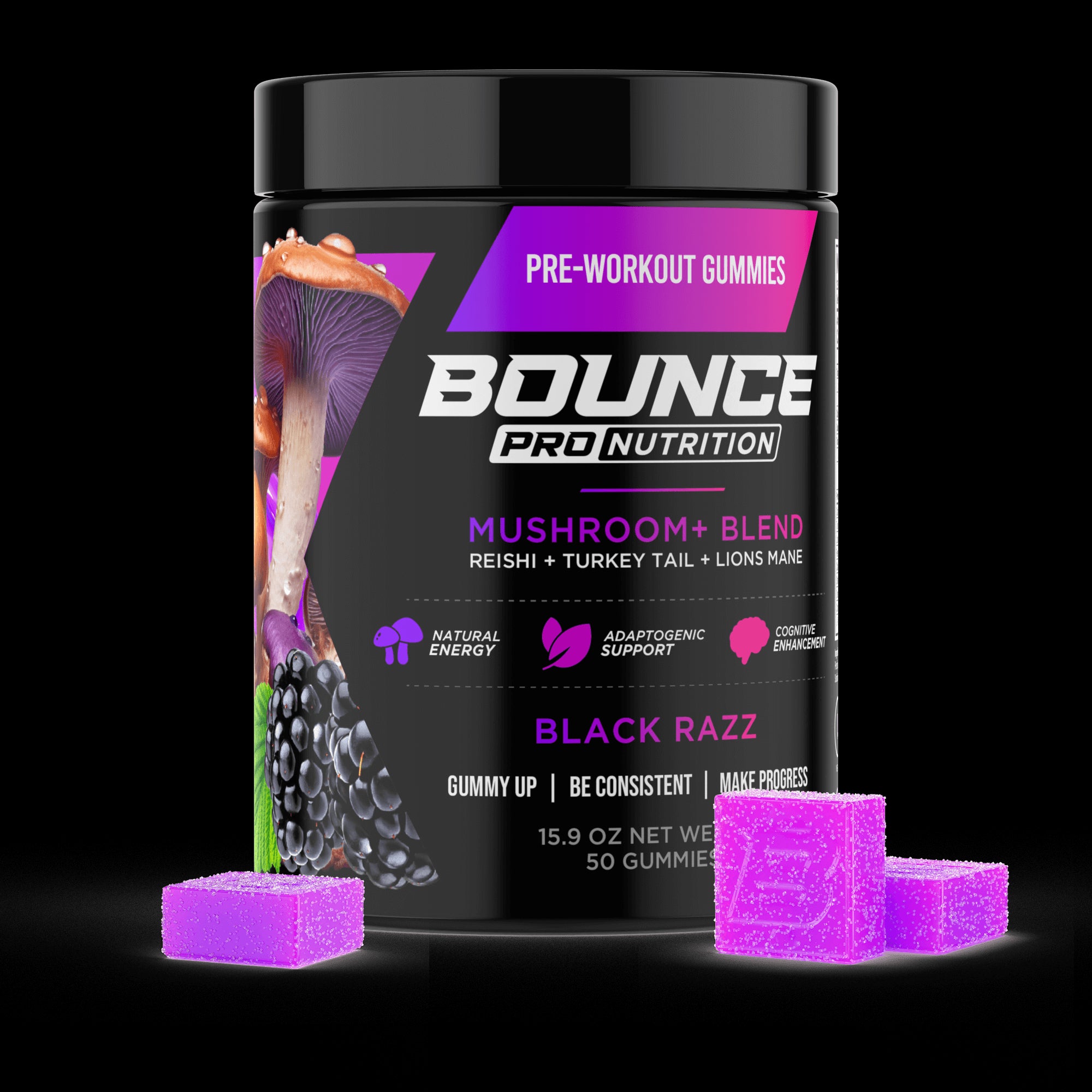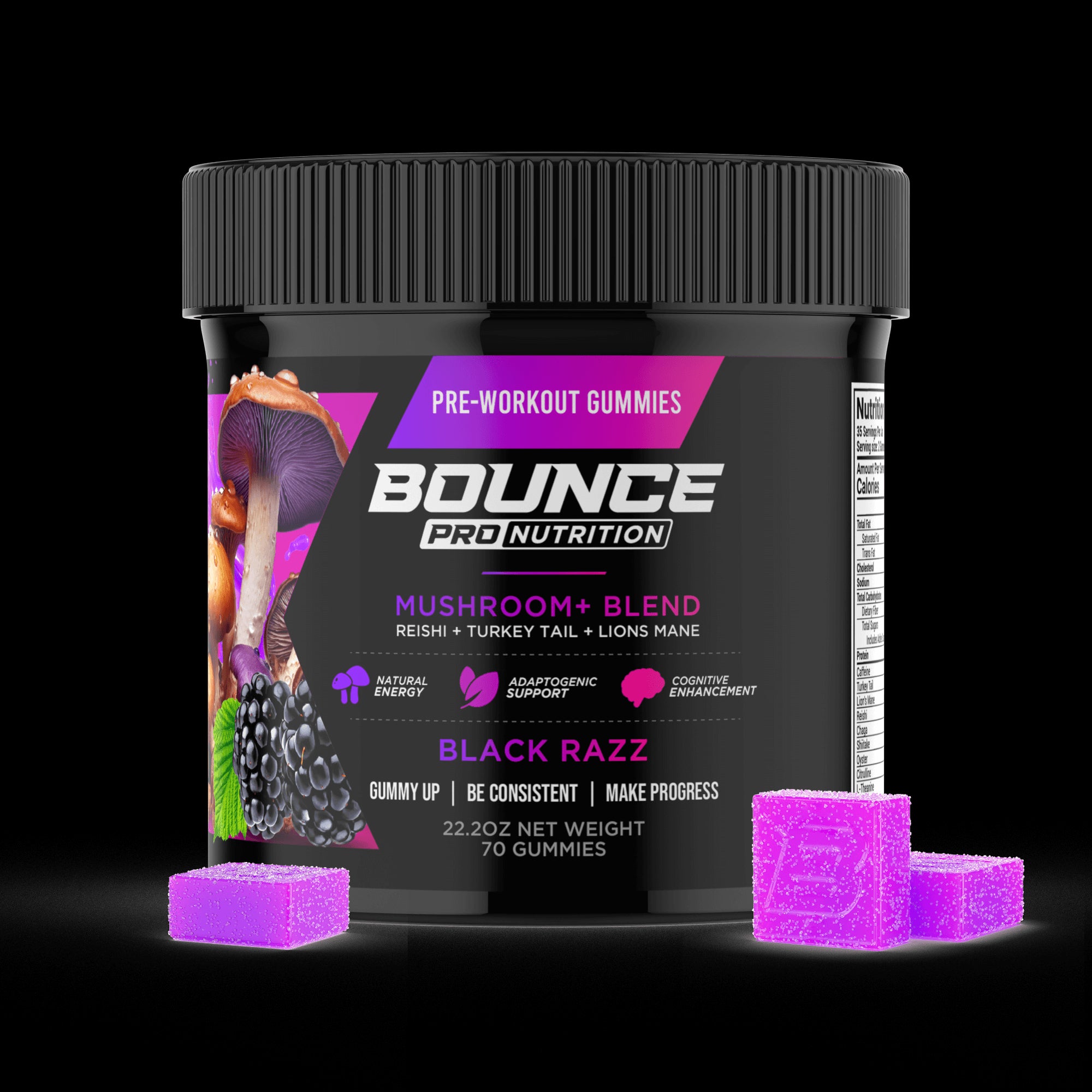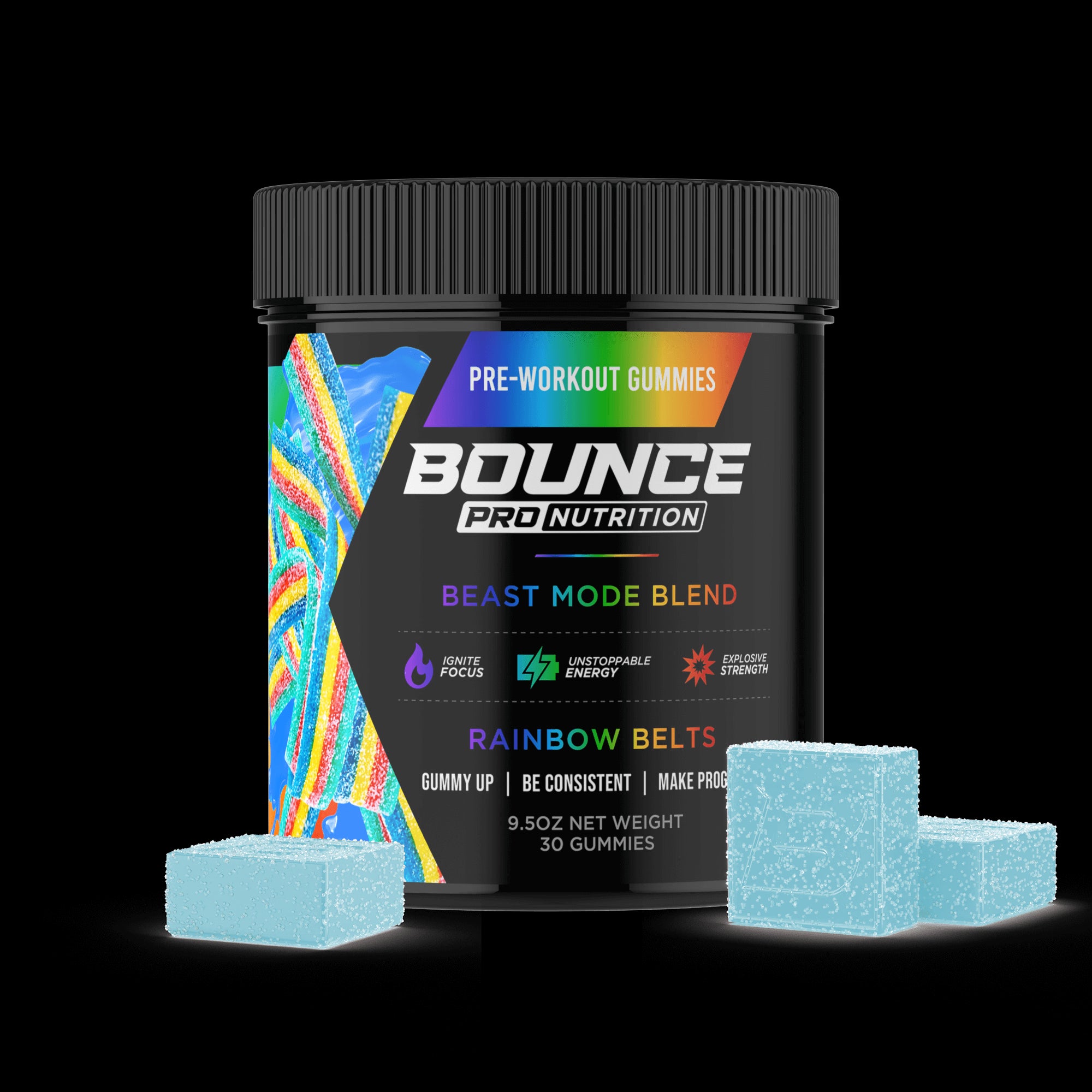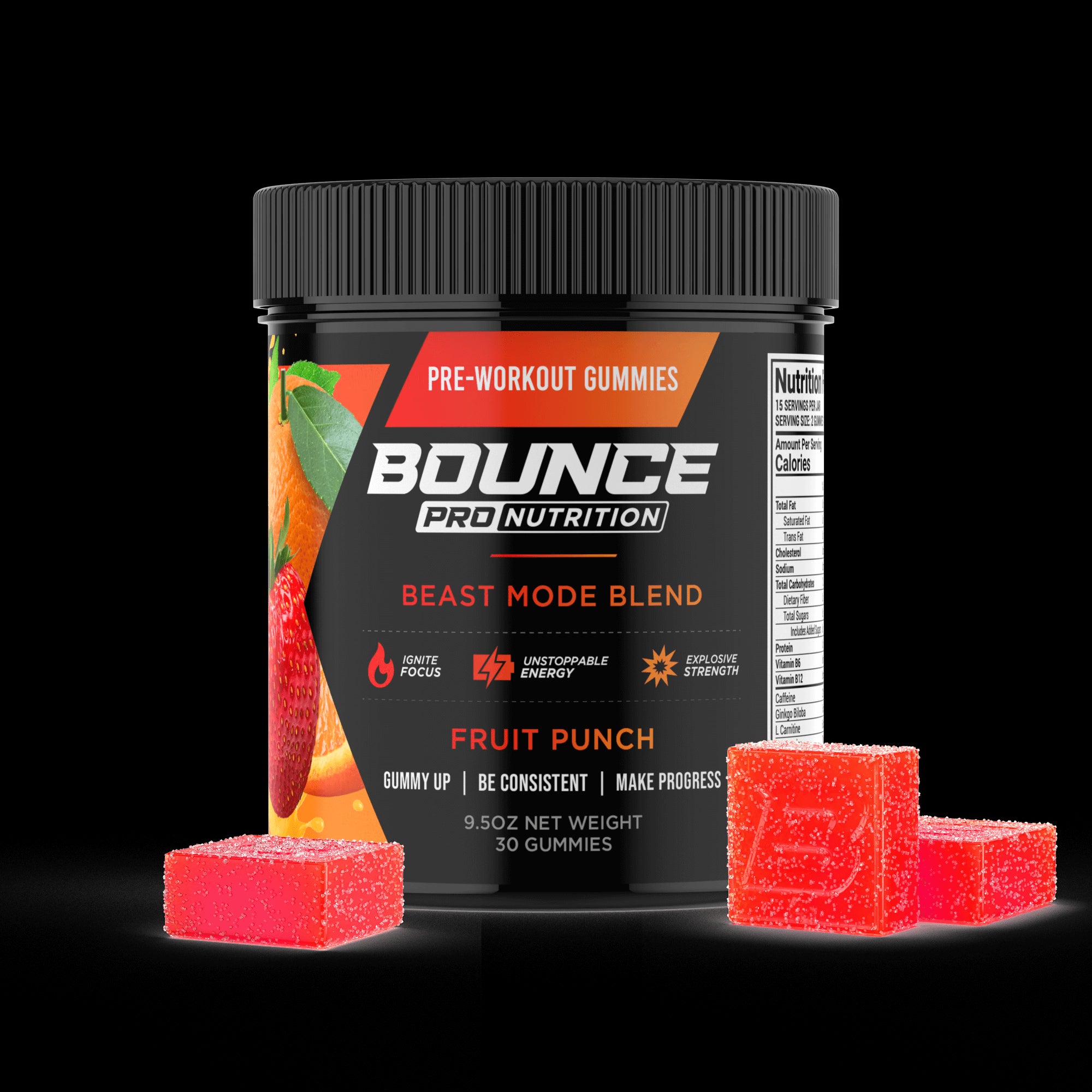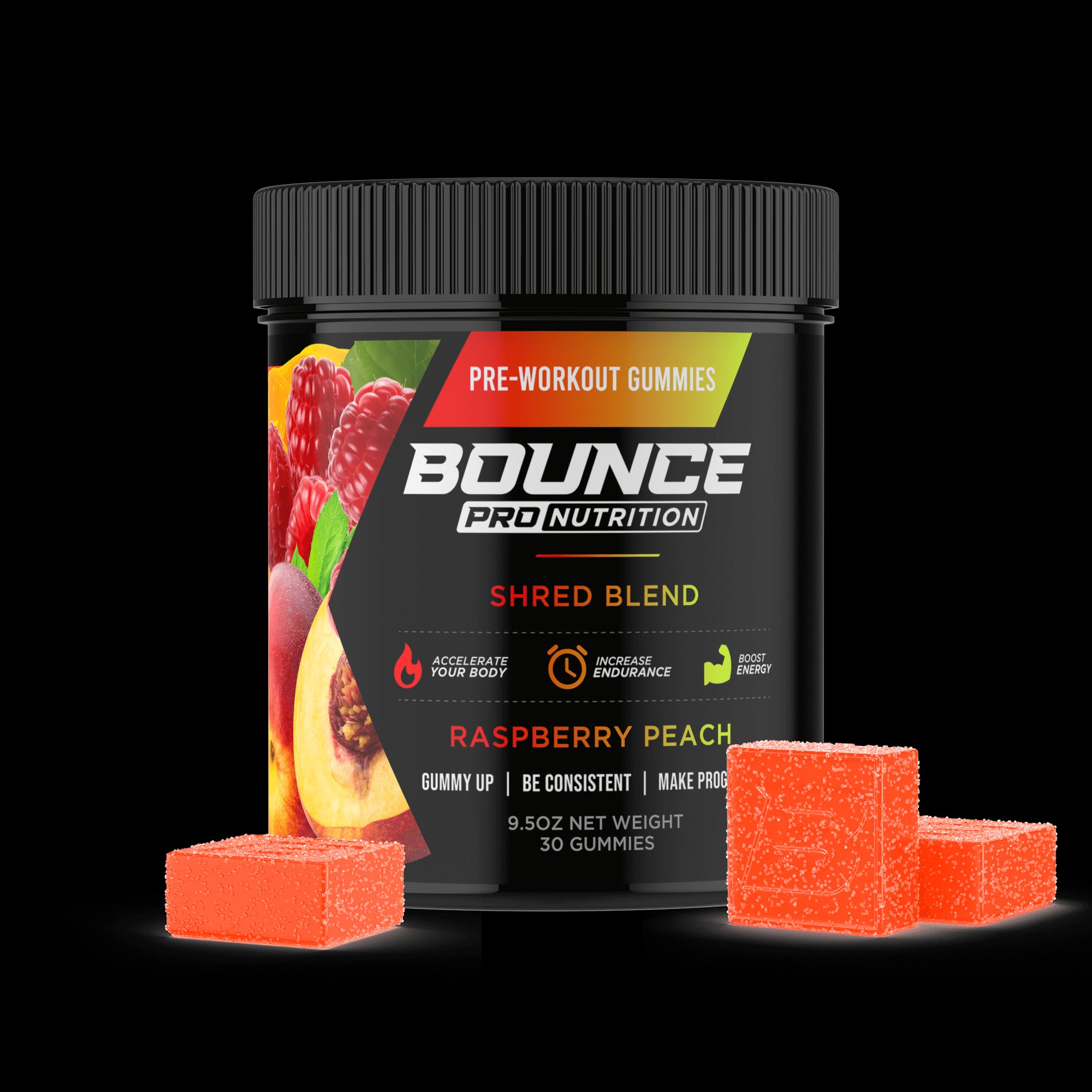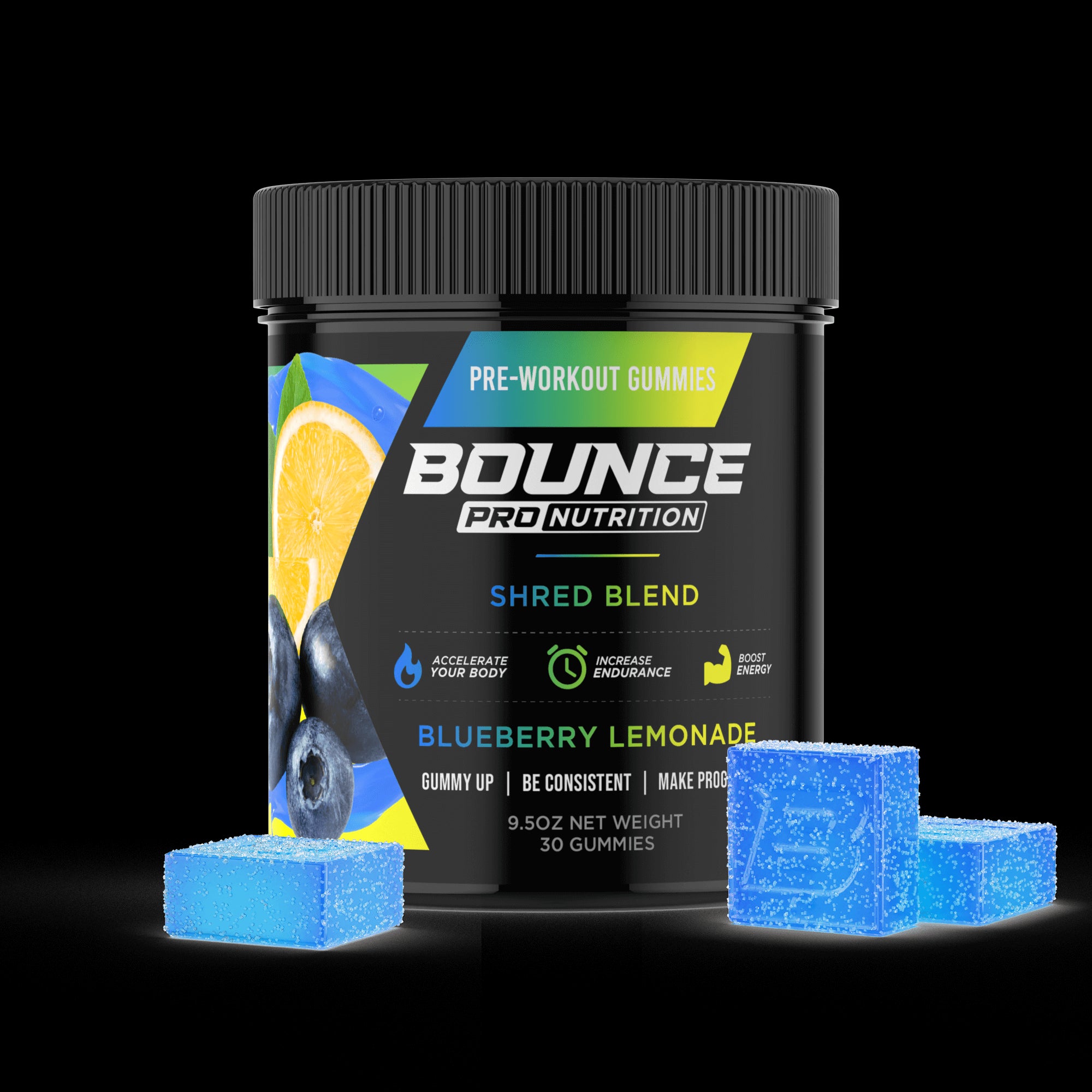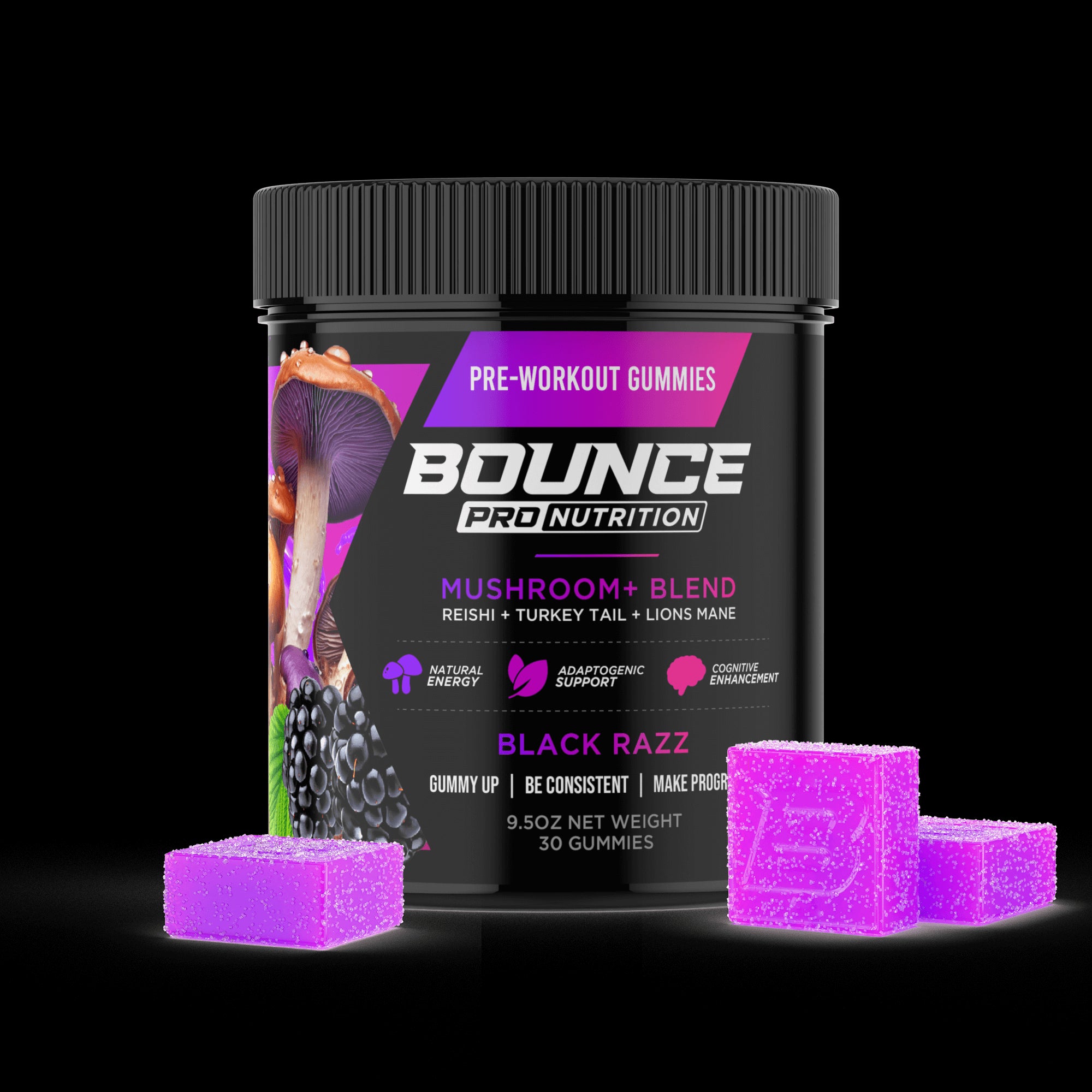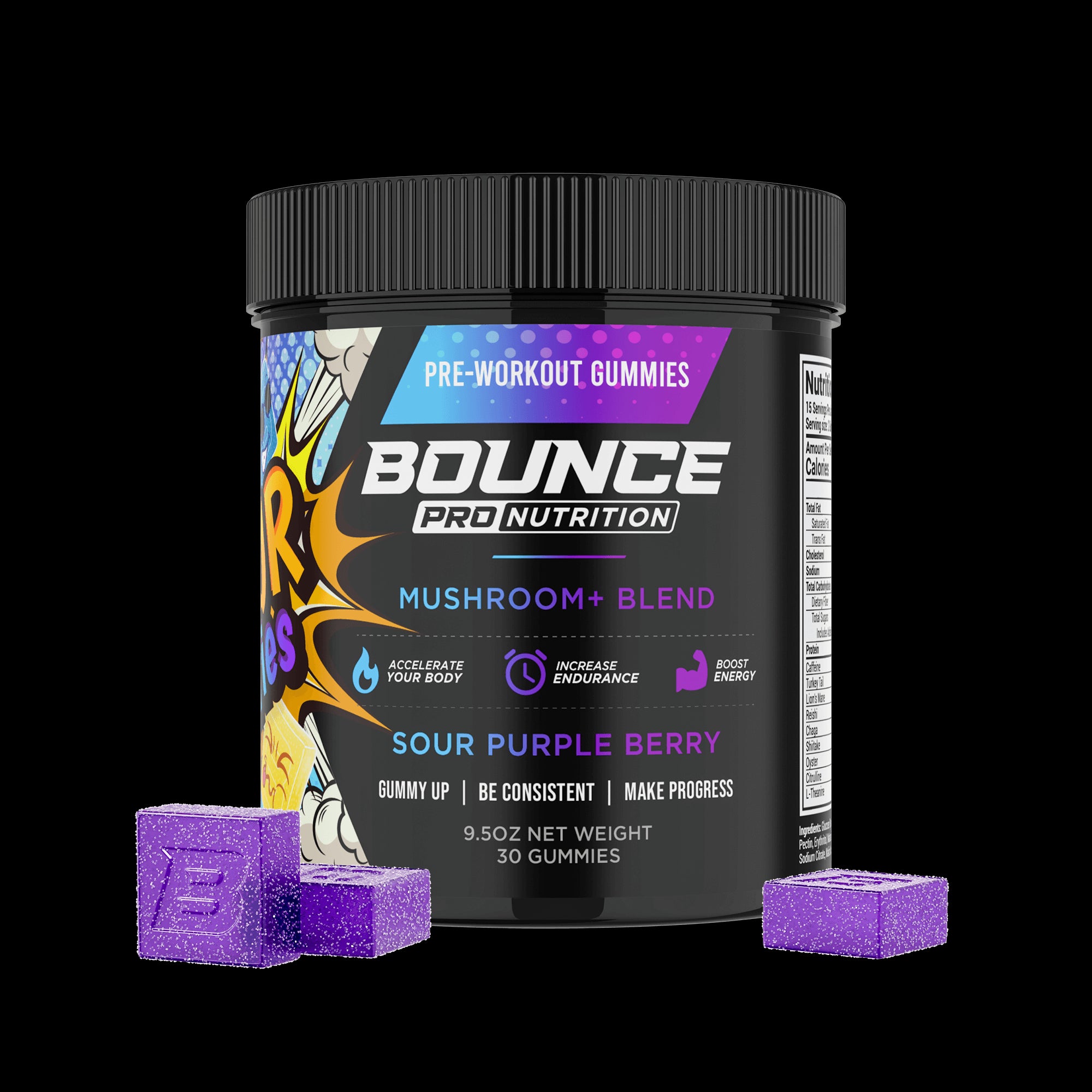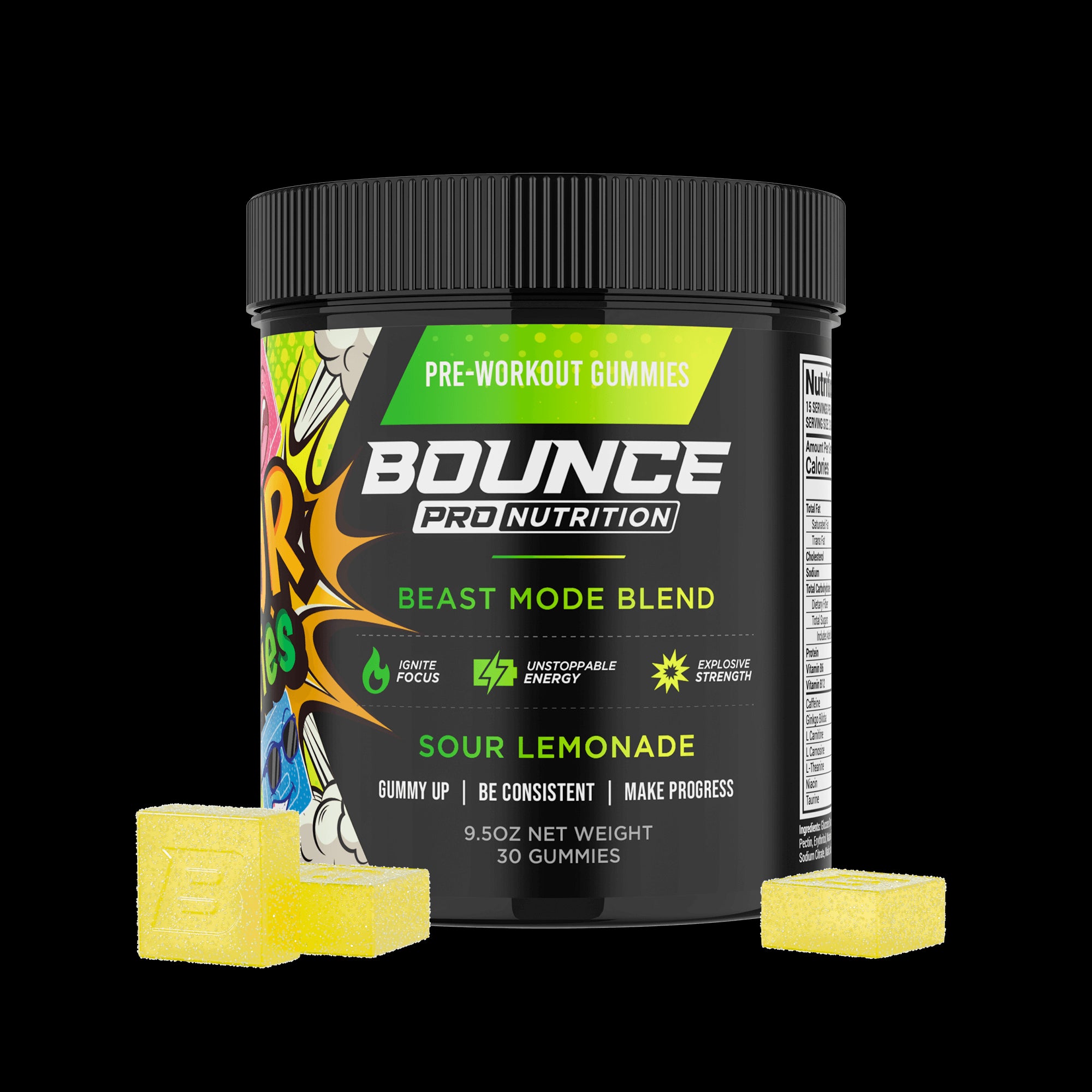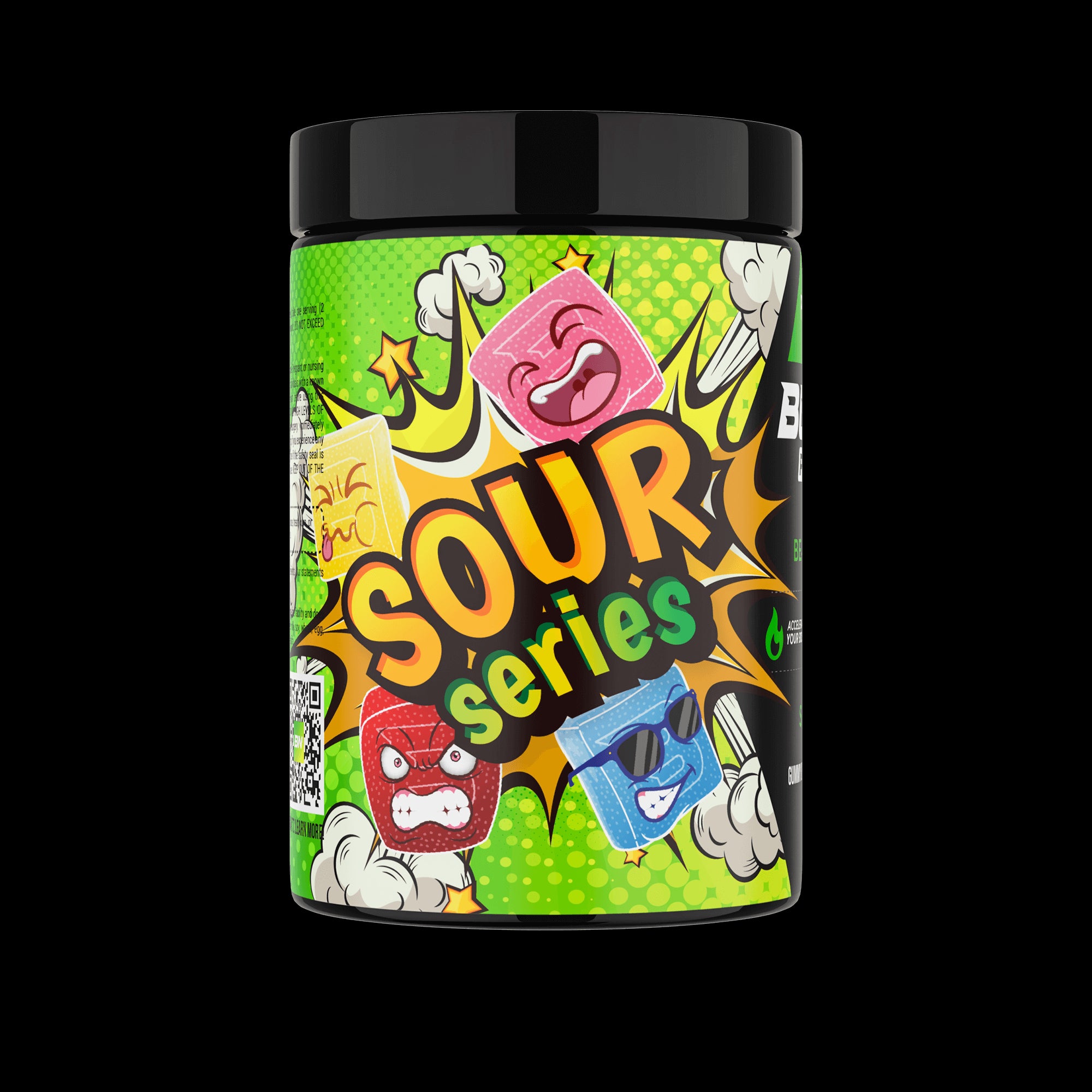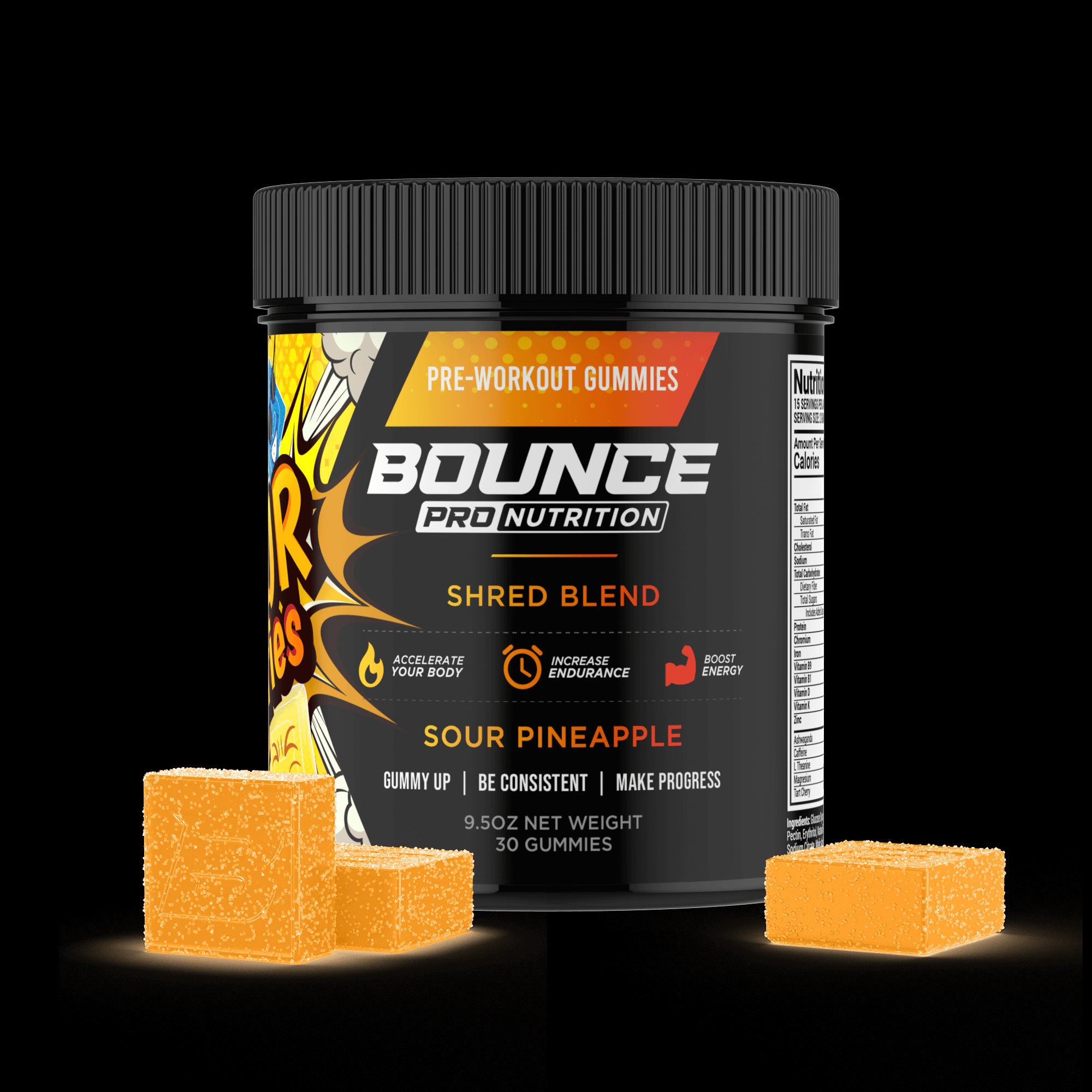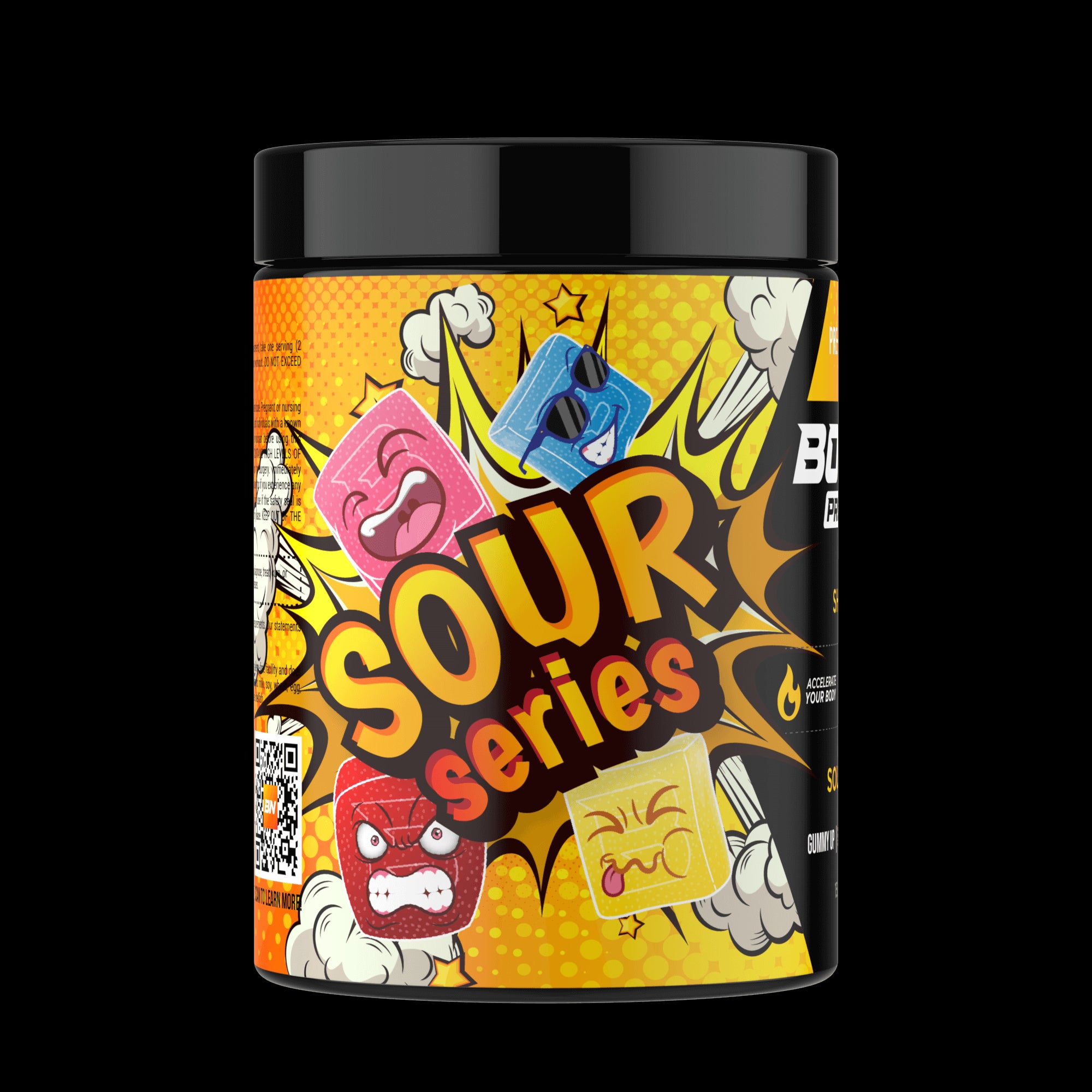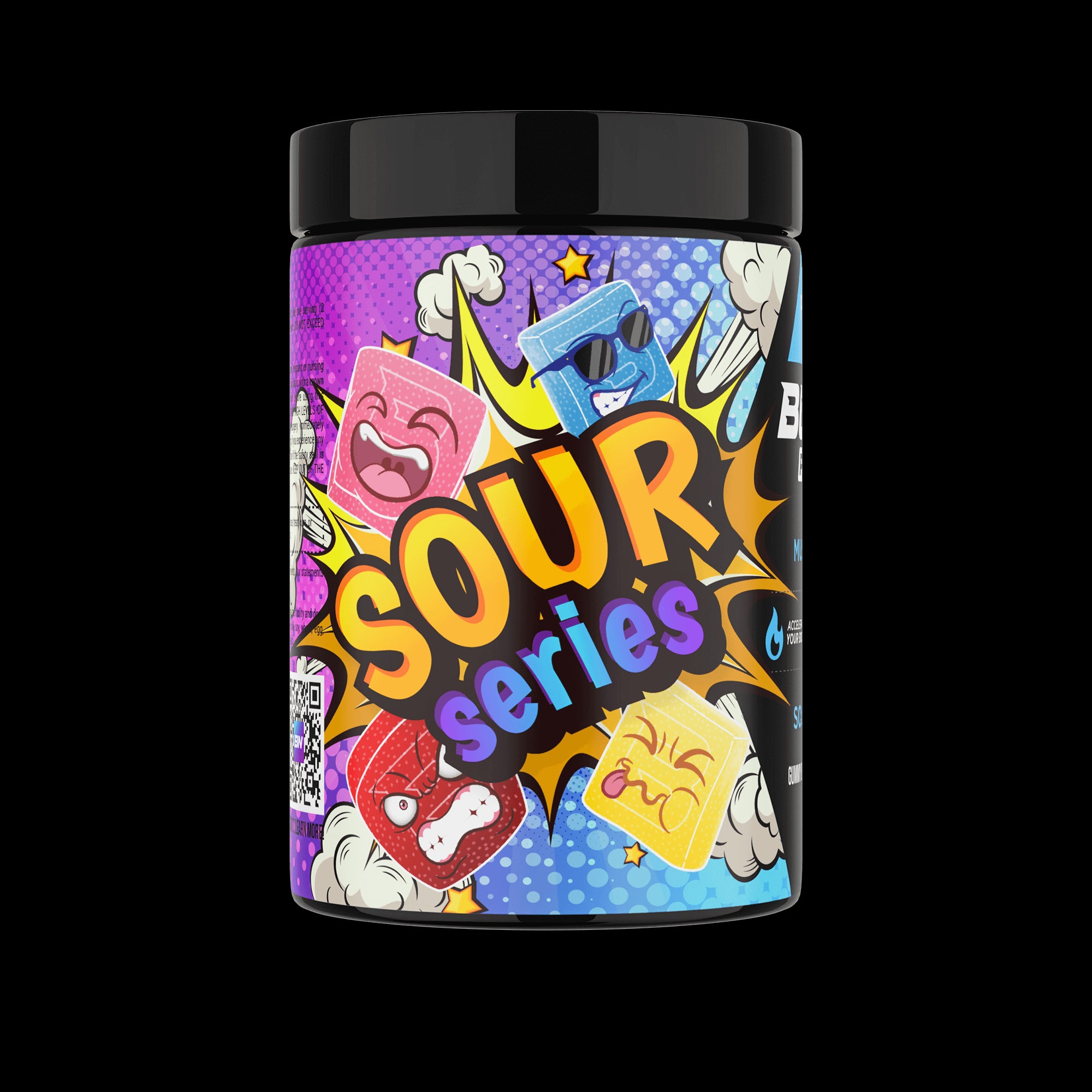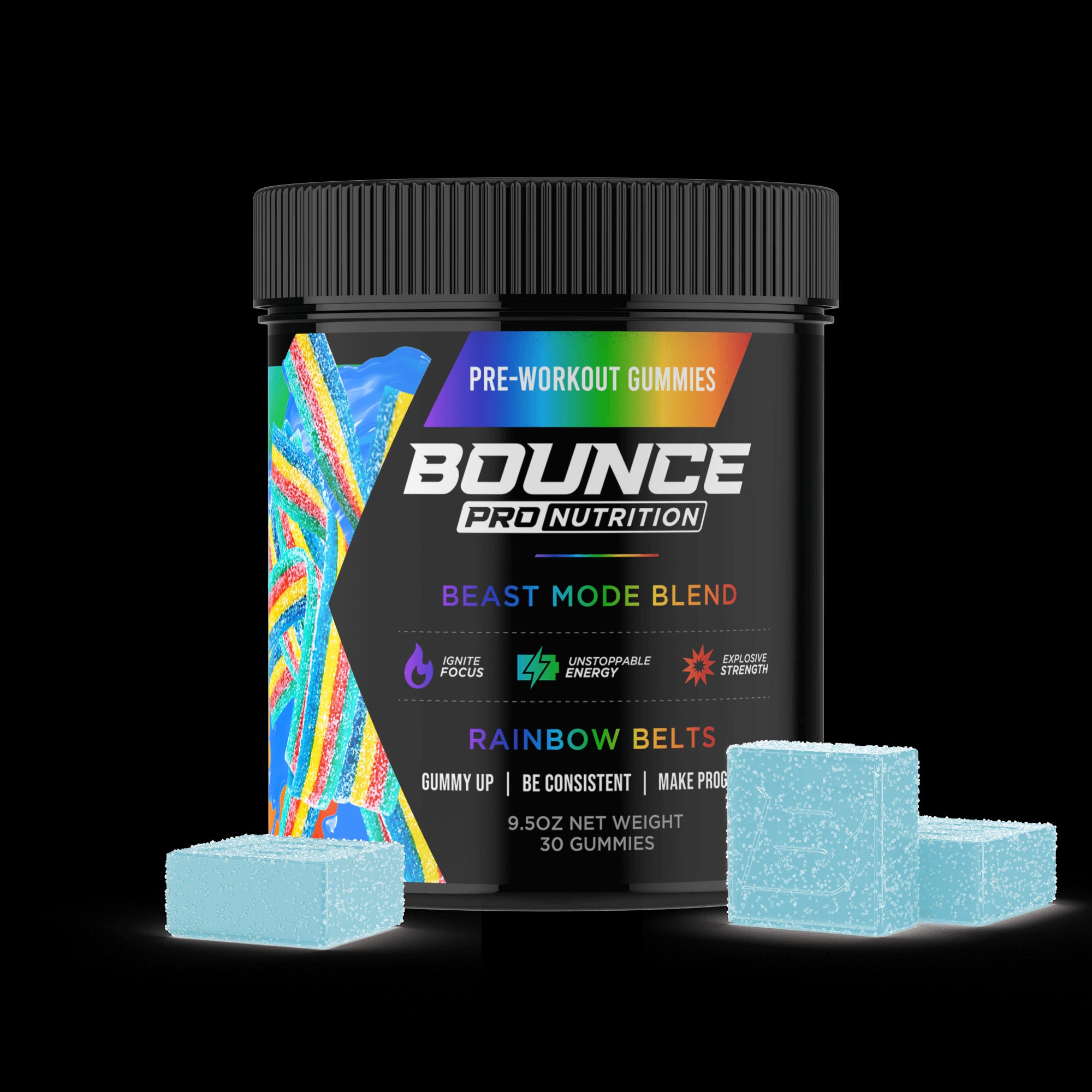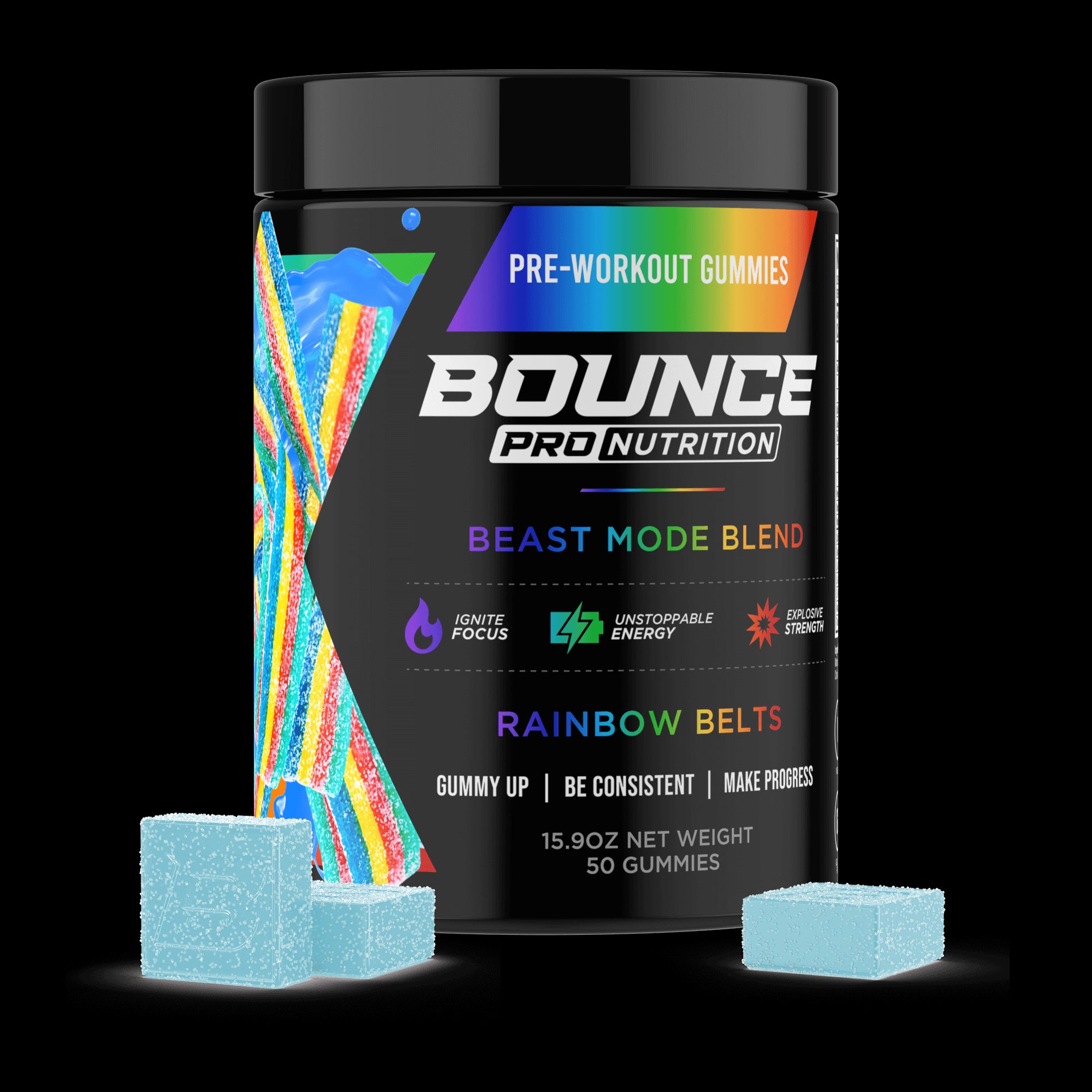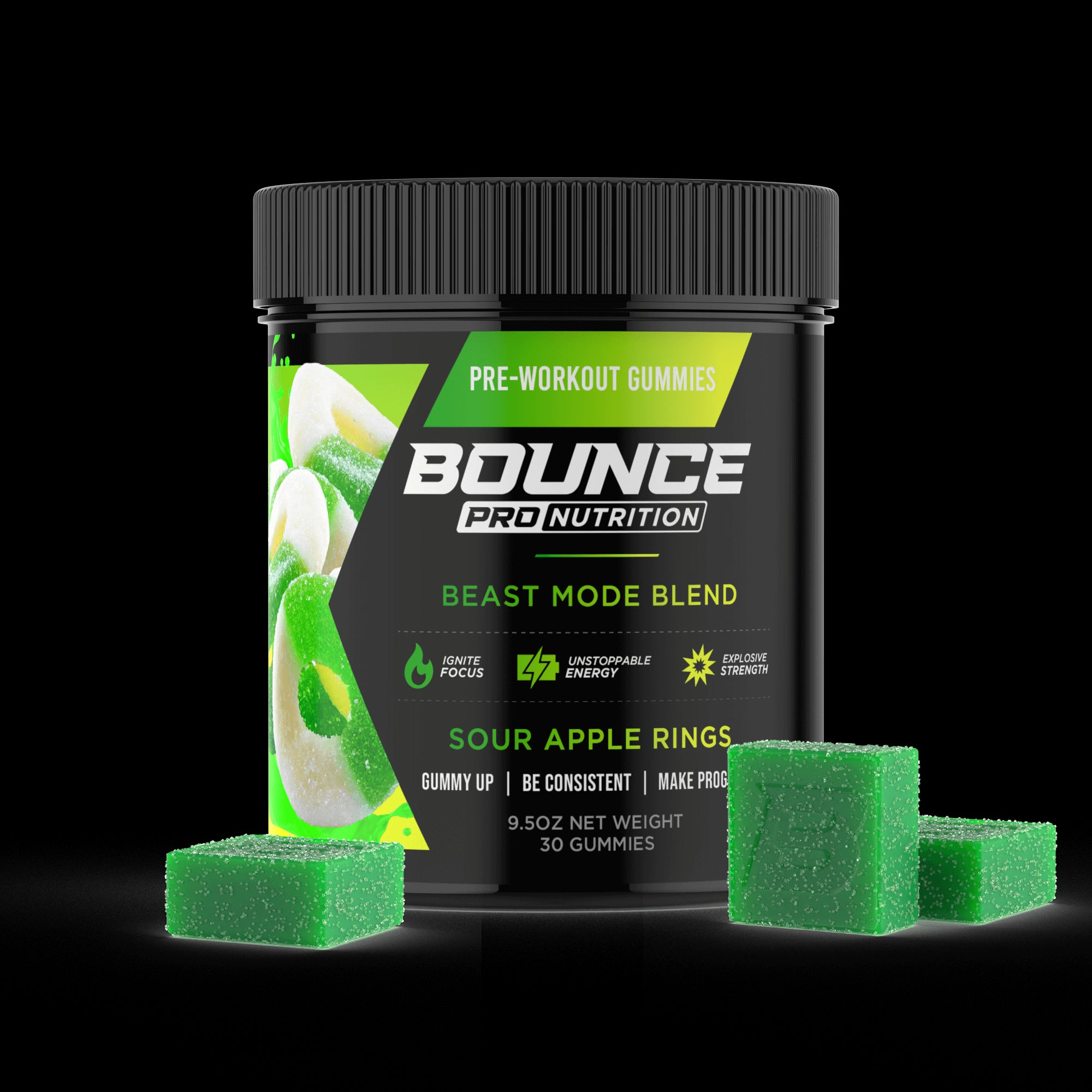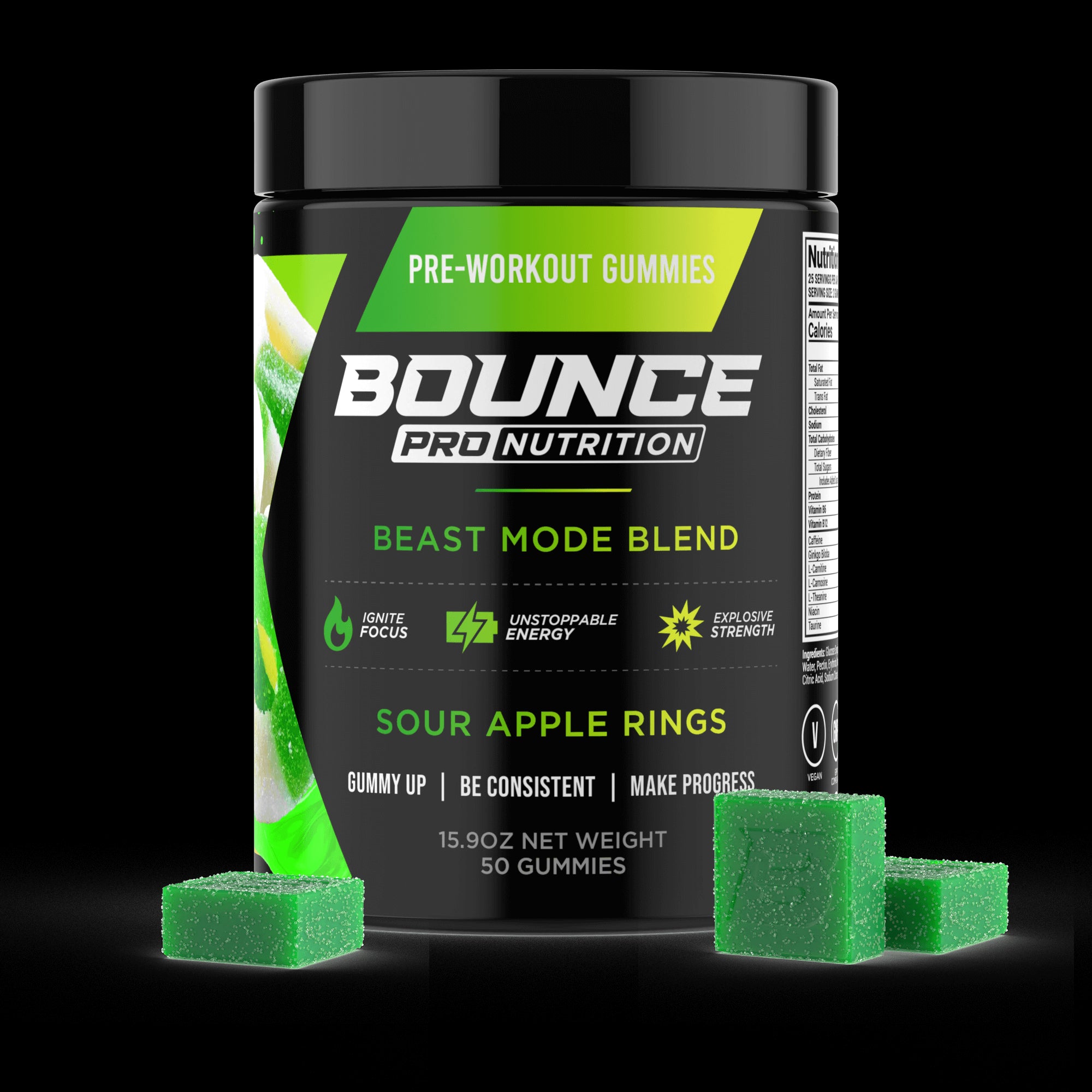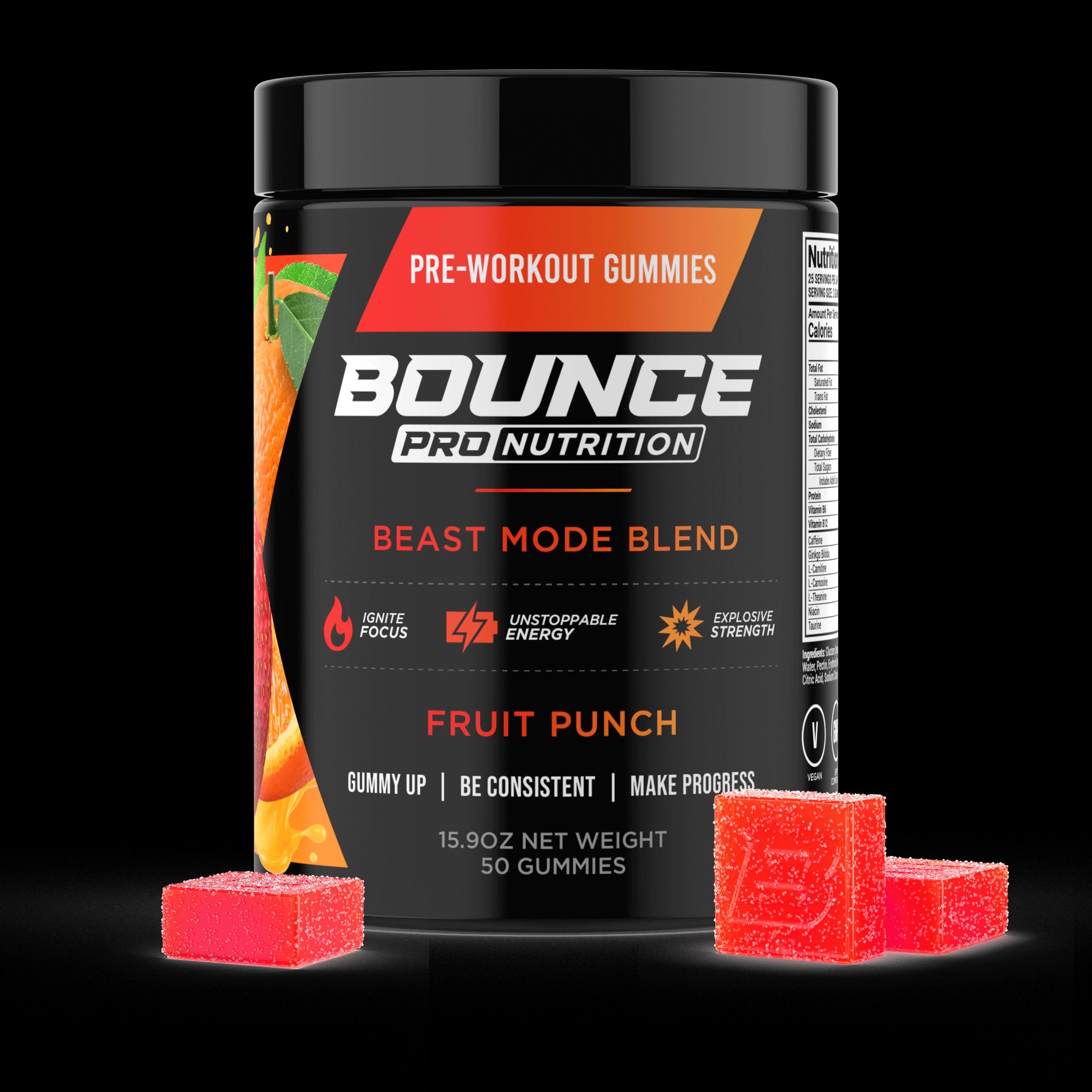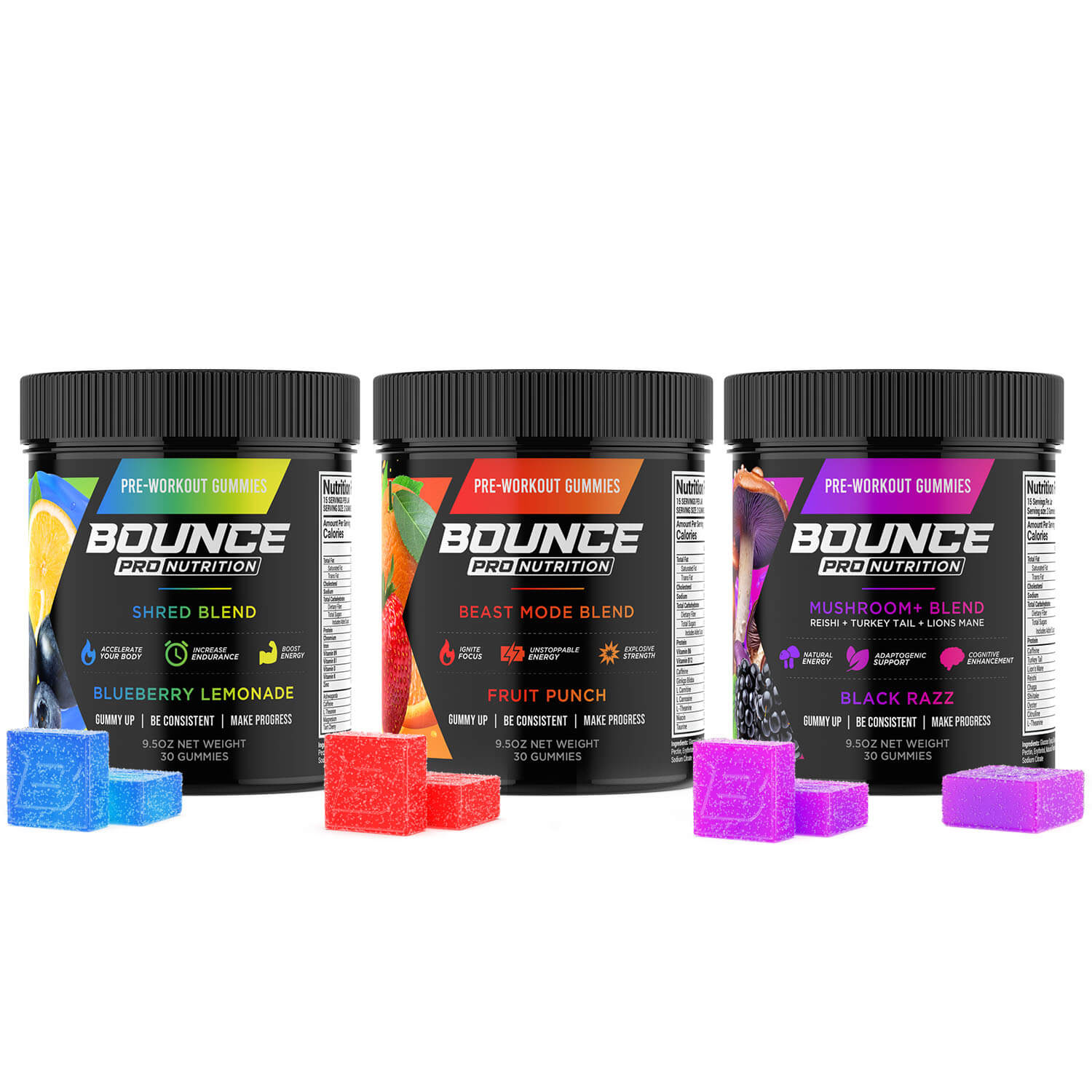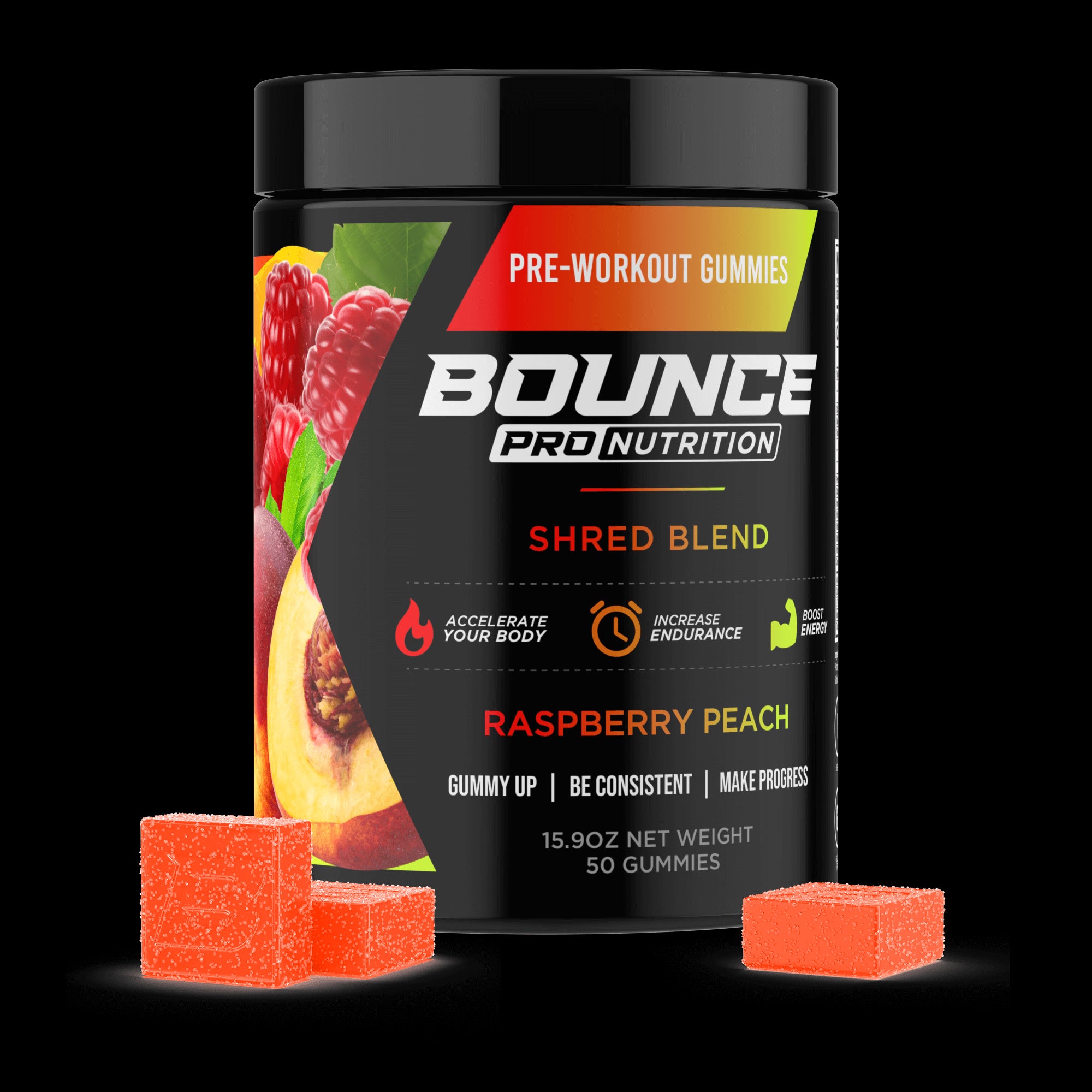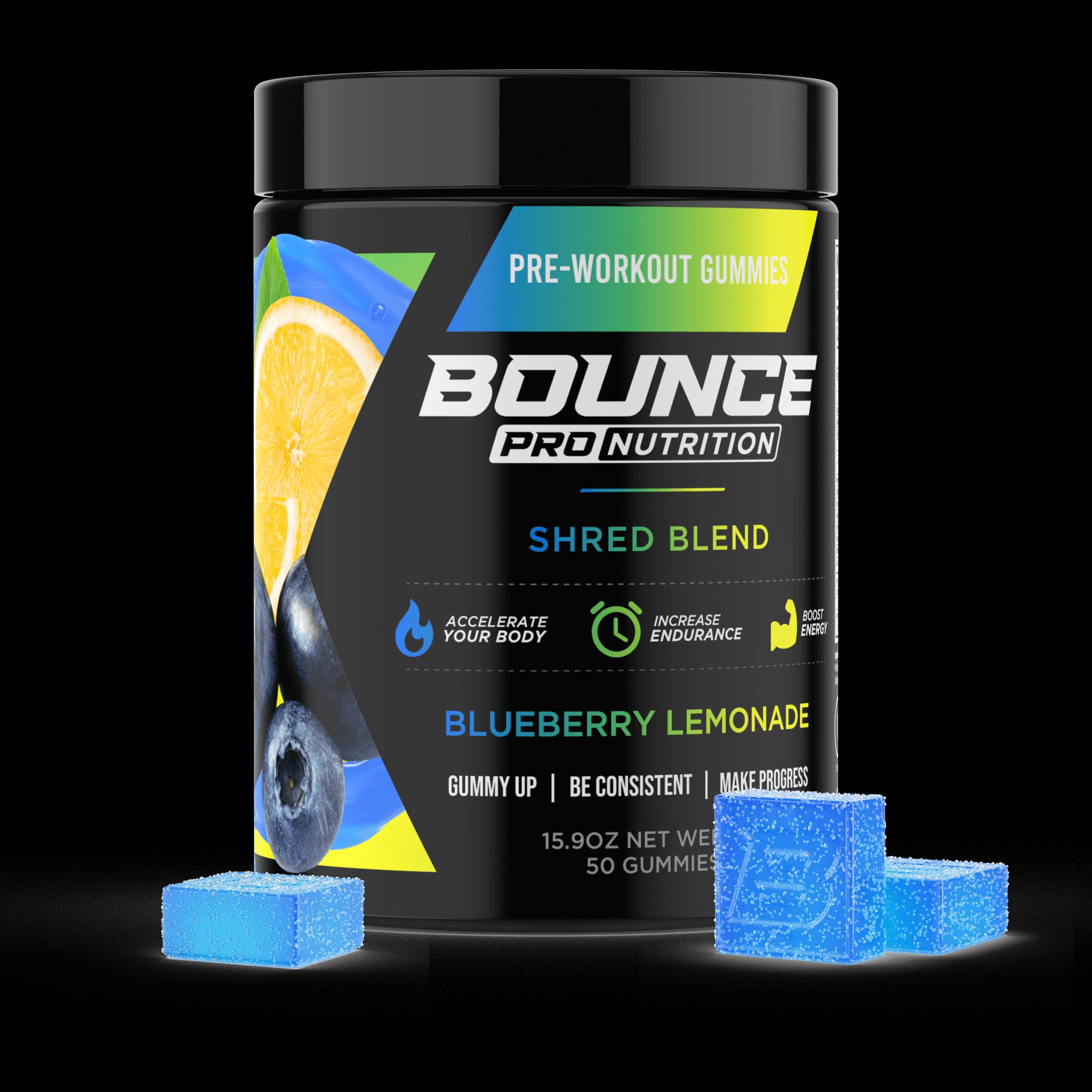In the ever-expanding world of health and wellness, convenience is king. Among the plethora of supplements available, gummies have carved out a significant niche, transforming mundane daily vitamins and minerals into a tasty, chewable treat. Electrolyte gummies, in particular, have surged in popularity among athletes, fitness enthusiasts, and anyone seeking optimal hydration. They offer a simple, portable way to replenish essential minerals like sodium, potassium, and magnesium lost through sweat.
But as you reach into your gym bag or pantry for that post-workout boost, a question may cross your mind: Can these chewy supplements go bad? You notice the date printed on the bottom of the bottle. Is it a strict deadline or a mere suggestion? The answer is more nuanced than a simple yes or no and has significant implications for both the safety and effectiveness of your supplement routine.
That’s why we will explore the science behind why they expire, differentiate between "best-by" and "expiration" dates, teach you how to identify a spoiled product, and provide a definitive guide on how to store them properly to maximize their shelf life and potency.
TO BUY ELECTROLYTE GUMMIES CLICK HERE
The Core Question: Do Electrolyte Gummies Expire?
Yes, electrolyte gummies do expire. However, the term "expire" in the context of a supplement like a gummy typically refers to a decline in quality and potency rather than becoming toxic or unsafe in the way perishable food does. The date printed on the packaging is the manufacturer's guarantee that, up until that point, the product will retain its stated potency, flavor, texture, and quality, provided it has been stored correctly.
To fully grasp this, it's essential to understand the distinction between different types of dating labels used on consumer products.
Expiration Date vs. Best-By Date: A Crucial Distinction
While often used interchangeably in casual conversation, these terms have different meanings, especially in the supplement industry:
-
Expiration Date: This is typically related to safety. It's most often found on products like infant formula or prescription medications, where consuming the product after this date could be harmful or completely ineffective for a critical medical purpose. It is rare to see a hard "Expiration Date" on a bottle of electrolyte gummies.
-
Best-By / Best-If-Used-By / Use-By Date: This date is all about quality. It is the manufacturer's estimate of when the product will be at its peak. After this date, the electrolyte gummy might not be as effective, the flavor could be diminished, and the texture might change. The product isn't necessarily dangerous, but its quality is no longer guaranteed. For electrolyte gummies, the primary concern is a loss of potency, meaning you may not be getting the full dose of sodium, potassium, or other minerals listed on the label.
Essentially, the date on your gummy bottle is a "best-by" date. Consuming a gummy a month past this date is unlikely to cause harm, but it may not deliver the full electrolyte replenishment you're counting on.
The Science Behind Expiration: What Happens to Gummies Over Time?
To understand why a gummy loses its quality, we need to look at its core components and how they react to time and environmental factors. A electrolyte gummy isn't just a simple candy; it's a complex delivery system for active ingredients. Its degradation is a multi-faceted process.
1. Potency Loss of Active Ingredients (The Electrolytes)
The entire purpose of an electrolyte gummy is to deliver minerals. The key electrolytes are typically salts like sodium chloride (NaCl), potassium citrate (K3C6H5O7), and magnesium citrate (Mg3(C6H5O7)2). While these mineral salts are generally very stable compounds on their own, within the complex, moist matrix of a gummy, their potency can be compromised over time:
-
Chemical Interactions: Other ingredients in the gummy, such as acids (like citric acid for flavor), vitamins, and preservatives, can slowly interact with the mineral salts. These reactions are incredibly slow at room temperature but are accelerated by factors like heat and light.
-
Moisture-Induced Degradation: If moisture gets into the container, it can begin to dissolve the ingredients, potentially leading to reactions that reduce the bioavailability of the electrolytes.
-
Vitamin Degradation: Many electrolyte gummies are fortified with vitamins, especially B vitamins and Vitamin C. These vitamins are far less stable than minerals. Vitamin C (ascorbic acid) is notoriously sensitive to heat, light, and oxygen, and it will degrade significantly past the best-by date. This means if you're taking the gummy for its vitamin content as well, its effectiveness will plummet over time.
2. Breakdown of the Gummy Matrix (The Structural Integrity)
The chewy, satisfying texture of a gummy comes from a gelling agent, which is usually either gelatin or pectin. The breakdown of this structure is one of the most noticeable signs of aging:
-
Gelatin: Derived from animal collagen, gelatin creates a classic chewy, bouncy texture. Over time, and especially when exposed to heat, the long protein strands that form the gelatin's structure can break down through a process called hydrolysis. This results in the gummy becoming soft, sticky, and eventually melting into a gooey, unappetizing blob.
-
Pectin: A plant-based fiber derived from fruits, pectin is a popular vegan alternative to gelatin. It creates a slightly softer, cleaner bite. Pectin is also susceptible to hydrolysis, particularly in the presence of acid and heat, which can cause the gummy to lose its shape and become mushy.
3. Fading Flavors and Sweeteners
The enjoyable taste of an electrolyte gummy is a key part of its appeal. This, too, degrades over time:
-
Flavor Compounds: The natural and artificial flavors used in gummies are often volatile organic compounds. "Volatile" means they easily evaporate. Over time, these compounds simply dissipate, leaving the gummy tasting bland, flat, or revealing the underlying mineral or chemical taste of the other ingredients.
-
Sweeteners: Gummies use various sweeteners, from simple sugars like glucose syrup and sucrose to sugar alcohols like sorbitol. Over time, sugars can undergo crystallization, especially with temperature fluctuations. This can lead to a grainy, unpleasant texture.
4. The Primary Culprits: Environmental Factors
The degradation of all the components mentioned above is not just a function of time; it is dramatically accelerated by four key environmental factors. These are the enemies of gummy freshness:
-
Heat: Heat is the number one enemy. It acts as a catalyst for nearly every chemical reaction, speeding up the breakdown of vitamins, flavors, and the gelatin/pectin matrix. It directly causes melting and can turn a bottle of distinct gummies into a single, fused-together mass.
-
Moisture (Humidity): Gummies are hygroscopic, meaning they readily absorb moisture from the air. When you open the bottle, you introduce ambient humidity. Excess moisture softens the gummy, promotes stickiness, and, most importantly, creates a hospitable environment for microbial growth like mold and bacteria. The water activity (aw), a measure of unbound water available for microbes, increases, raising the risk of spoilage.
-
Light: Specifically, ultraviolet (UV) light from the sun is a form of energy that can break chemical bonds. It can bleach the colors in gummies, degrade light-sensitive vitamins like Vitamin B2 (riboflavin) and Vitamin C, and contribute to the breakdown of flavors. This is why most supplements come in opaque, colored bottles.
-
Oxygen: Exposure to oxygen can lead to oxidation, a process that can cause fats or oils (if present) to become rancid and can degrade other sensitive compounds, contributing to off-flavors and loss of potency.
How to Tell if Your Electrolyte Gummies Have Gone Bad: A Sensory Checklist
Putting science aside, how can you, the consumer, determine if your electrolyte gummies are past their prime? Your senses are your best tool. Always remember the golden rule: When in doubt, throw it out.
-
Visual Inspection:
-
Color Changes: Are the gummies faded, or have they developed dark spots? Significant discoloration is a red flag.
-
Mold: This is the most serious sign. Look for any fuzzy spots, which can be white, green, blue, or black. If you see any sign of mold, discard the entire bottle immediately, as mold spores can contaminate the whole batch even if only a few gummies show visible growth.
-
Melting or Fusing: If the gummies have melted together into one giant clump, they have likely been exposed to excessive heat. While probably not dangerous, they are impossible to dose correctly and their texture will be ruined.
-
Crystallization: Do the gummies have a grainy or sugary coating that wasn't there before? This indicates sugar crystallization and a change in texture.
-
The Touch Test:
-
Texture Changes: Fresh gummies should be soft and chewy. If they have become excessively hard, dry, and brittle, they have lost moisture and are stale.
-
Stickiness or Gooeyness: Conversely, if the gummies are overly sticky, slimy, or wet, they have likely absorbed moisture, or the gelatin/pectin structure has broken down. This is a prime condition for microbial growth.
-
The Smell Test:
-
Your nose is a powerful detector of spoilage. Open the bottle and take a sniff. The gummies should smell fruity and sweet, as intended. If you detect any off-odors—such as a sour, musty, rancid, or chemical smell—it's a clear sign that they have gone bad.
-
The Taste Test (Use with Extreme Caution):
-
This should be your absolute last resort, and never be attempted if the gummies have failed any of the visual or smell tests. If they look, feel, and smell perfectly fine but are a month or two past their best-by date, a small taste can tell you about their quality. If the flavor is weak, bland, or has a chemical aftertaste, their quality has degraded. They may not be harmful, but they are also not delivering the pleasant experience or full potency you paid for.
Maximizing Freshness and Potency: The Ultimate Guide to Storing Electrolyte Gummies
Proper storage is the single most effective way to protect your investment and ensure your gummies remain safe and potent for as long as possible, often even slightly beyond their best-by date. The goal is to shield them from their four enemies: heat, moisture, light, and air.
The Golden Rules of Gummy Storage
-
Keep Them Cool: The ideal storage environment is at a stable, cool room temperature. Aim for a range between 60-77°F (15-25°C). Avoid any location with temperature spikes. The worst place for gummies is a car's glove compartment or center console, where temperatures can soar to dangerous levels, quickly melting them.
-
Keep Them Dry: Humidity is a major threat. Always store gummies in a low-humidity environment. This means the bathroom medicine cabinet, a common storage spot for supplements, is actually one of the worst choices due to steam from showers. A dry pantry or bedroom drawer is far better.
-
Keep Them Dark: Light degrades sensitive ingredients. The original container is almost always opaque for this very reason. Resist the urge to transfer them to a clear glass jar for aesthetic reasons. Store the bottle in a dark place like a cupboard, pantry, or drawer.
-
Keep Them Sealed: The original container is designed to be airtight. Every time you open the bottle, you expose the gummies to oxygen and humidity. Make it a habit to close the lid tightly immediately after taking your dose. Do not leave the lid loose or the bottle open. The small desiccant packet (usually a silica gel pouch) included by the manufacturer is there to absorb any incidental moisture; leave it in the bottle until it's empty.
Common Storage Mistakes to Avoid
-
On the Kitchen Counter: Especially near a window (light) or next to the stove, toaster, or microwave (heat).
-
In a Gym Bag: Fine for transport, but don't leave the bag in your car or a hot locker for extended periods.
-
In the Refrigerator: This is a common question. Generally, refrigeration is not recommended for gummies. While it protects from heat, it can introduce other problems. The cold temperature can make the gummies undesirably hard and firm. More importantly, when you take the cold bottle out into a warmer, more humid room, condensation (water) can form inside and on the gummies, which is the very thing you want to avoid. Only refrigerate if the manufacturer specifically instructs you to do so, or if you live in an extremely hot and humid climate without air conditioning and refrigeration is the only option to prevent melting.
How Long Do They Last Once Opened?
The best-by date applies to an unopened product. Once the seal is broken, the clock starts ticking faster. While there's no hard and fast rule, you are introducing oxygen and humidity with each opening. By following proper storage techniques—closing the lid tightly and keeping it in a cool, dark, dry place—you can expect the gummies to maintain good quality for several months, but it's always best to try and finish the bottle within the timeframe recommended by the manufacturer or within 3-6 months of opening.
Frequently Asked Questions
Q: Is it dangerous to eat expired electrolyte gummies? A: In most cases, it is not acutely dangerous, but it is not recommended. The primary risk is not from the electrolytes themselves but from potential microbial contamination like mold, which can make you sick. If there are no signs of spoilage (mold, off-smell), the worst that will likely happen is that the gummy will be less effective and unpleasant to eat.
Q: Will I still get hydration benefits from expired gummies? A: You will get diminished benefits. The mineral electrolytes are relatively stable, but their overall potency per gummy is no longer guaranteed past the best-by date. If the gummies have been stored improperly (e.g., exposed to heat), the loss of potency could be significant, meaning you are not replenishing what you think you are.
Q: Does the type of gummy (pectin vs. gelatin) affect its shelf life? A: Yes, to a degree. Gelatin is often more susceptible to melting at lower temperatures than pectin. However, both are vulnerable to moisture, light, and heat. The overall stability depends more on the entire formulation (including preservatives like citric acid) and, most importantly, the storage conditions.
Q: My gummies contain Vitamin C. Does that change things? A: Yes. Vitamins, especially water-soluble ones like Vitamin C and the B-vitamins, are much more fragile than minerals. They will degrade much faster. If you are relying on your electrolyte gummy for its vitamin content, it is far more important to adhere to the best-by date.
Bottom Line: Treat Your Gummies with Care
Electrolyte gummies are a marvel of modern supplementation, blending efficacy with convenience and great taste. Like any quality product, however, they have a finite shelf life. They do expire, not typically in a way that becomes dangerous, but in a way that compromises their potency, flavor, and texture. The date on the bottle serves as a crucial guideline for peak quality.
The key to getting the most out of your purchase lies in understanding the forces that work against your gummies—heat, moisture, light, and air—and taking simple, effective steps to counteract them. By storing your electrolyte gummies in a cool, dark, dry place and keeping the container sealed tightly, you ensure that every chew provides the potent dose of minerals and the pleasant taste you expect. Always trust your senses, inspect your product before consuming, and when in doubt, it is always wisest to throw it out and start fresh. Your body, and your taste buds, will thank you.


